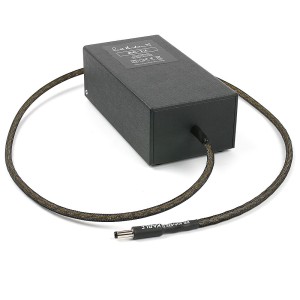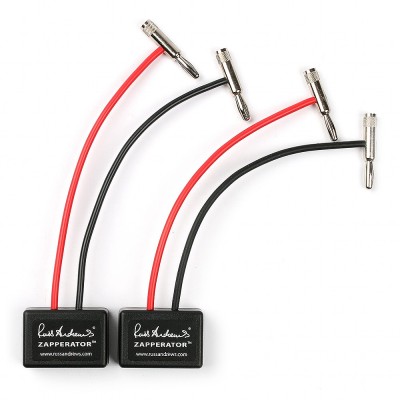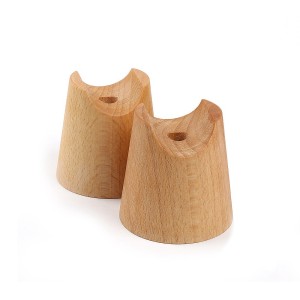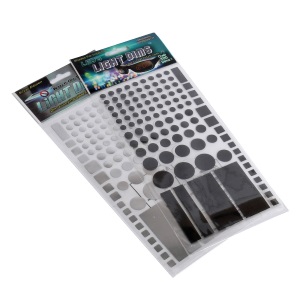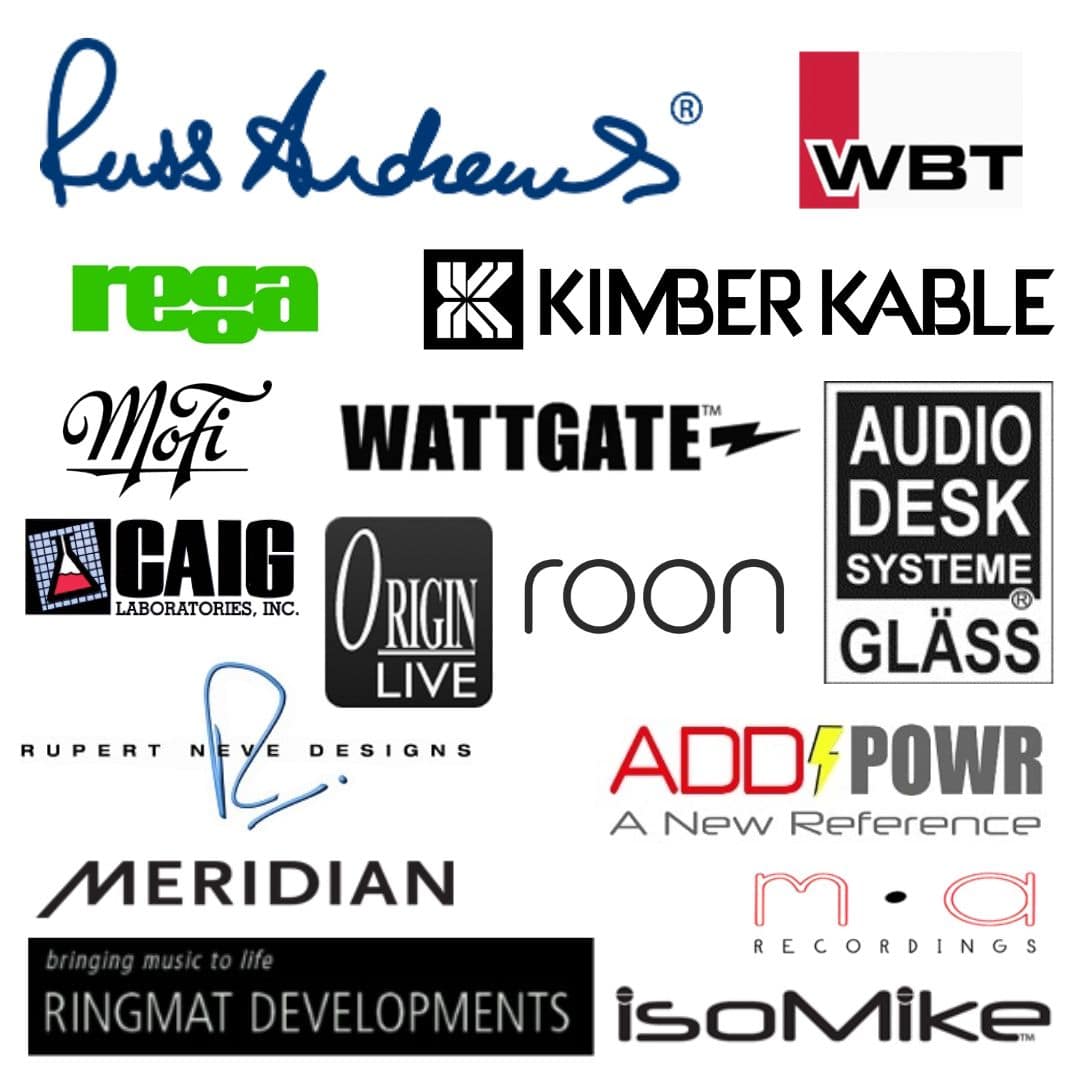Dalton's Deliberations: Testing Times
Monday, 3rd March 2025
Simon Dalton ponders over the use of 'test tracks' as a way of assessing a system's musical capabilities.
I can’t say I’m a great fan of lists such as “10 killer tracks to test your system”.
You’ll find them aplenty on some websites.
It’s certainly an excuse for a reviewer to let loose their burgeoning literary aspirations: “The song's sonic landscape is an enchanted forest of glistening, metallic percussive textures underpinned by heavy, assertive drum kicks and the occasional shimmering hint of a harp”.
Hmmm…
That aside, the very idea of a track chosen, and recommended, specifically to ‘test’ my system seems strange to me. It’s completely at odds with why I listen in the first place.
And it implicitly encourages listening to the ‘sound of the system’ rather than to the music. Let me clarify what I mean.
The 'Sound' of Music
I enjoy listening to music. A good, well-put-together system vastly increases this pleasure because it draws me deeper into the performance. The system is a means to an end.
If the Hi-fi is doing a good job, I completely forget about it and become totally immersed in what’s playing.
If it’s instrumental, I’ll often get lost, following the melody to wherever it takes me. If I’m thinking at all, it’ll be about what’s being conveyed by the music; how it’s affecting me emotionally.
If it’s got vocals, I’m also inclined to ponder over the meaning of the lyrics; and, again, how these affect me (or not).
All of this happens because I choose a piece of music I want to listen to.
That may sound obvious, but if I’m listening to ‘test’ my system – and, more importantly, playing a track specifically for this purpose – that is no longer the case. I am now being drawn away from the music and focusing on the ‘sound’ of the system.
Nevertheless, there are occasions where some form of test track is necessary: when comparing two components or cables, for example. In this case, surely, we need to listen to their ‘sound’?
Well, maybe not.
On the right track
We’ve been testing some new ideas during R&D this past week and this is one of those occasions where we have to make comparisons. We listened to a new track to me, the main theme from the soundtrack to A Fistfull Of Dollars by Ennio Morricone. It’s an atmospheric piece with plenty of sounds going on, such as cracking whips, bells and a clay whistle.

It’s tempting to focus in on these aspects and to make comparisons - but when you do, you kind of miss what’s going on: what the track is doing.
And what’s interesting is that when you do listen to the whole, you get a completely different perspective.
When you focus on the sounds, you’ll tend to be drawn to specifics; in particular, the way in which these are represented in the bass, mids and treble. This certainly gives you a clue to differences, but they’re not what you would listen to normally when appreciating music, and in that sense can give you a misleading picture.
If you focus on the music, though, you notice different differences. More musical differences. Differences which affect the way you relate to, and connect with, the piece. In this case, following the music led me to take an interest in why each of those sounds was being used; what they were trying to convey; what atmosphere they were trying to achieve.
The comparison then becomes one about how well the components we were comparing achieve this. This is hard to convey in ‘HiFi’ terms – many would miss what may be considered as subtle changes. But it’s actually fundamental to appreciating the track as a piece of music.
And not just as a ‘test track’.
Written By Simon Dalton












